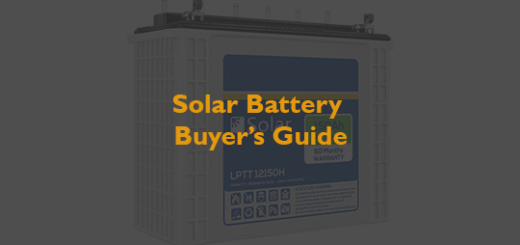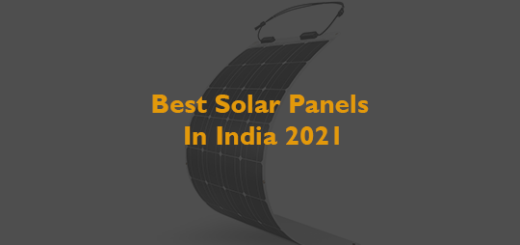Solar Inverters and their types

Inverters play a crucial role in any solar energy system. It is the brain of any solar energy system. Whether it’s a 2-kW residential system or a 5-MW commercial power plant, all of them need inverters. As the name suggests, a solar inverter “inverts” the direct current to alternating current, thereby making it usable. Alternating current is the standard used by all commercial appliances, and hence inverters are considered the gateway between the PV system and the energy off-taker or loads/appliances.
Types of Solar Inverters
Solar inverters are highly energy efficient (93-96%) and can be used to power up the AC appliances in your home seamlessly.
They’re categorized into three primary APPLICATION types based on the uses they enable:
Off-grid Inverters:
Off-grid inverters, also known as stand-alone inverters, do not need to be hooked up to a solar panel. Instead, they draw the DC power from batteries which are charged using PV arrays or other resources like engine generators, hydro turbines, and wind turbines. Because these inverters are isolated from utility grids, they do not require anti-islanding protection. Further, they cannot export excess solar electricity into the grid. Off-grid inverters find use in remote areas or when people want to live completely independent of the grid.
Grid-tied Inverters:
Grid-tied inverters are connected to a utility grid and function by matching their frequency with that of the utility grid sine wave. They are designed to automatically shut down in the event of a power cut for safety reasons. Hence, they cannot supply power during an outage.
Presently, there are four types of grid-integrated solar PV inverters – central plant inverter system, string inverter system, multi-string inverter system, and microgrid inverter (AC modules) system.
Battery-Hybrid Inverters:
These are a mix of the above two inverters, which allow you to be mostly independent of the grid but also sync with it in case of low solar or high consumption days. Typically such inverters first charge the connected battery and then export any excess power to the grid. Similarly, at night/cloud days – these inverters are smart enough to first use the stored power for the consumption and after a certain threshold, recharge the battery through the grid. Due to grid-syncing, they need to be installed with the anti-islanding protection. These are a great solution for Indian consumers, but often the utilities are not supportive of providing a net-metering connection to these hybrid inverters and the regulations around the same are unclear.
Apart from these three, the on-grid solar inverters can also be technically classified as stated below. These depend on the architecture and size of the system being designed.
String Inverters:
This is the most commonly used solar inverter for homes and business consumers. These are directly connected to the grid and most often don’t support a battery back-up. They are high performing inverters, often with 25-year design life and 5 years warranty. The good inverters have 97 – 99% conversion from DC to AC. The less sophisticated ones will only give about 90-92% conversion on the ground. The performance difference is reflected in the price and serviceability typically. Oorjan recommends high conversion devices only to prevent 5-6% continuous loss on the conversion which is not advisable for purely economic reasons. These come from 1KW to ~60KW typically.
Micro Inverters:
Microinverters are smaller in size and capacity than the standard string inverters. The latter ranges from 1.5-5kW in size for residential applications, the former is usually around 200-350W in size. Unlike the string inverters, these do not need an array of panels to convert the DC. These are installed on the back of every panel and are responsible for the conversion of the panel on which they are installed. These are slightly costly but better for areas that have partial shading. These are also on-grid or grid-connected inverters.
Central Inverters:
These inverters are typically used in MW scale plants. They are huge, have their own rooms with exhaust, etc. They have incredibly efficient and have much more grid-related features like balancing, fluctuation management, etc. Unlike String inverters, these start from 400KW typically.
Think of the car engine, when selecting your inverter. It’s technical, but most people can understand the cost-performance metrics of engines and make an educated decision as per their requirements and budget.



